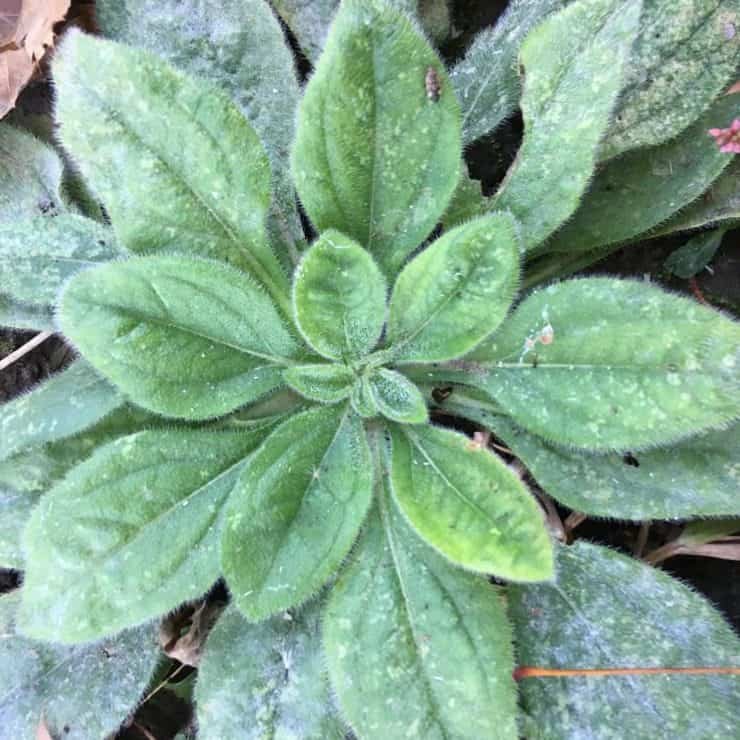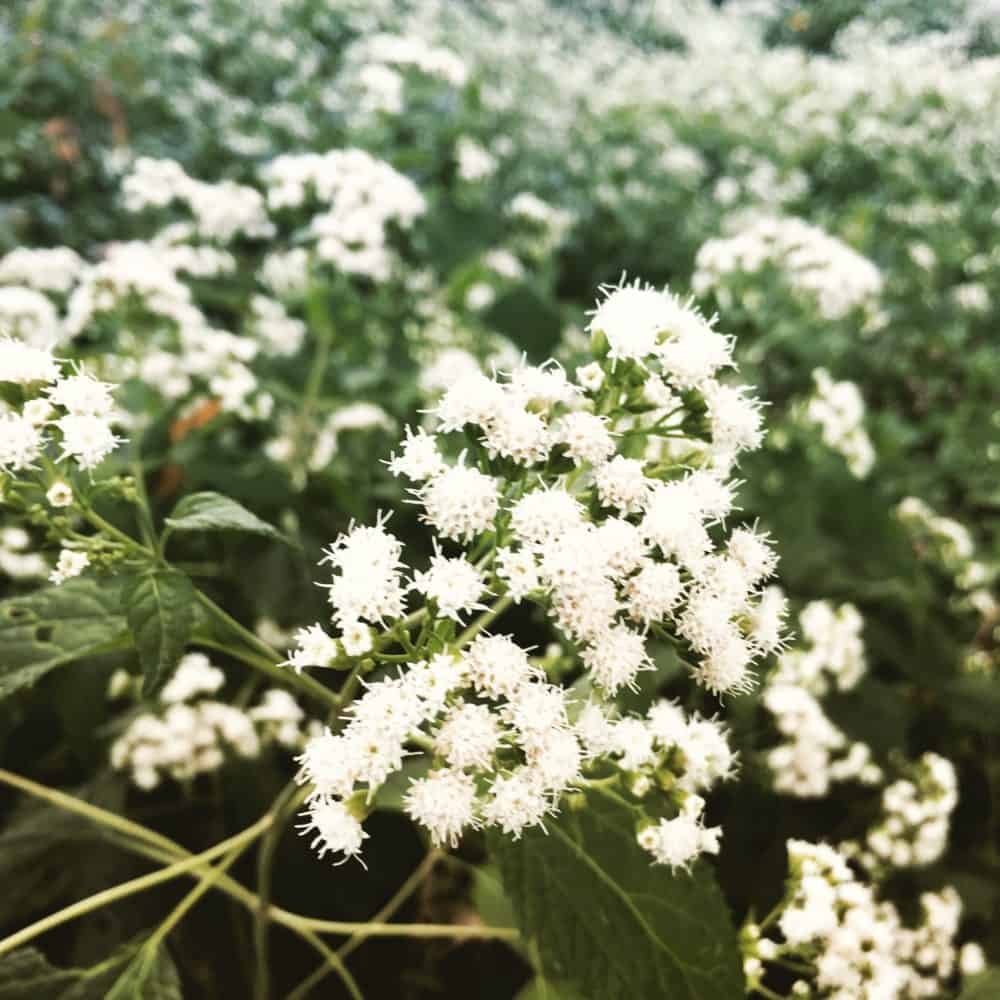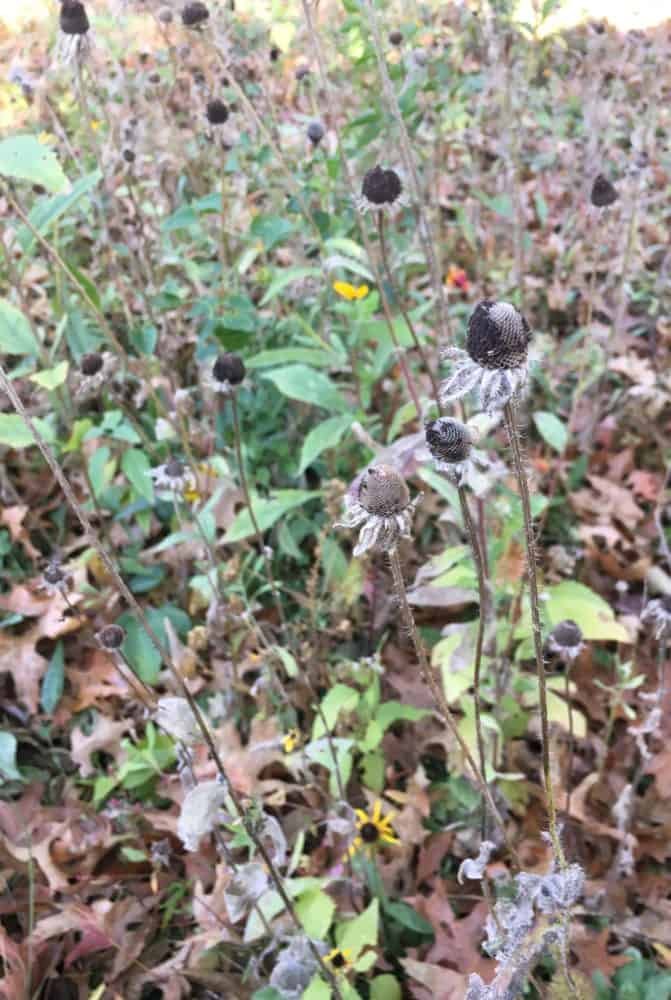Making a Meadow - Part Four: The Meadowing
Read Parts One, Two, and Three
Our meadow is winding down now as the plants enter dormancy. But it did put on a fairly good show for us during its first year.
The first two months or so were a bit stressful. It took a while for any germination to occur, which left us nervously glancing at the big dirt patch that we had turned the back of our yard into. Once green started to appear, it was often difficult to tell whether we were seeing weeds or seedlings from our meadow mix (though this guide was a huge help). But there was a good bit of turf grass still remaining. Sections of root that hadn’t been fully removed by the sodcutter/my shovel did reappear. We tried not to pull too much, because that action can disturb new seedlings and leave space for more weeds, so we mostly let it go, hoping it would eventually be outcompeted by our meadow plants.
When growing native perennials from seed, you generally shouldn’t expect to see much if any flowering during the first growing season (native grasses are generally slow growers as well). They’re spending a lot of the time developing the root system underground that they’ll need to last through the winter. The second year you start to see more stalks and blooms, and if things go well, the third year is when you start seeing big profusions. Growing a native meadow from seed is definitely not a good activity if you’re looking for instant gratification (our mix did have a few annual seeds in there for first year color, though only a handful bloomed).
Finally sometime around June we saw our first flower bud about to open. But it disappeared one night, no doubt serving as a meal for some hungry critter. But a few more soon appeared and we got our first bloom: black-eyed susan (Rudbeckia hirta). By early July, our meadow wasn’t exactly looking meadow-like yet, but it was looking both deliberate and beautiful. I wouldn?t say we were seeing a profusion of black-eyed susan blooms, but certainly a strong smattering.
A seedling that never formed a stalk or flower, but it hopefully began developing a strong root system
We did end up seeing a few brown-eyed susans (Rudbeckia triloba) throughout the summer, and a smattering of the annual blanket flowers, but the black-eyed susans were the main bloomers. In fact, as of mid-November, we still had a handful of blooms hanging on. I’ve also spotted some seedlings that look like lupines, goldenrods, coneflowers, ox-eye sunflowers, Joe Pye weed, and others, so hopefully we’ll have a really good show next spring (we’ve also spotted some grass stalks, but I’ll be damned if I can tell any of them apart at this stage).
We also had a good sized strip on one side where we didn’t get any seedlings at all - it looks like the soil there was too heavily compacted for the seeds to germinate (I probably missed it with the rake during planting day). We ended up mowing a path around the edges, outside of which we’ll do more planned beds next year, and I attempted to transplant some seedlings that were in that path onto the bare spot this fall - hopefully they’ll make it.
We did get one other bloomer, and this time I would say we had a profusion: white snakeroot (Ageratina altissima), which is related to and closely resembles the bonesets. When we first saw it come up, we were pretty sure we were dealing with an invasive weed, but it turns out these are native. The seed bank under our turf must have been pretty rich with these seeds. Since then, we’ve noticed it’s pretty common around our neighborhood. This one kind of stretched the definition of weed for us since it’s certainly not a plant we had wanted, but it is a natural part of the ecosystem that once existed here. We decided we’d let it be a part of our meadow, but we did remove some of it so as not to crowd out too many of our seedlings. And we figure we’ll have to keep an eye on it, because it can be aggresive (as demonstrated by how easily the now ripe seed drifts from the plants, dandelion-style).
Big drifts of snakeroot appeared in the shadier portions of the meadow in late summer.
Coming Up
We’re pleased with the progress our meadow made, and are really excited to see what happens in year two. We expect a lot of the seedlings we spotted to mature to flowering plants, and we’re hoping to see some mature stands of the grasses. We’ll probably add a bit more seed this winter (since we didn’t have time to put our initial seed through a cold stratification process that would have upped germination rates), but we think it’s off to a good start (and if we’re lucky, some of those ungerminated seeds have stuck around in the soil and will still be viable).
We’ll let the stalks we have stand for the winter, then cut everything short in late March or so to make sure the seeds that are still there get plenty of warmth and light.
The stalks of our meadow as winter approaches




